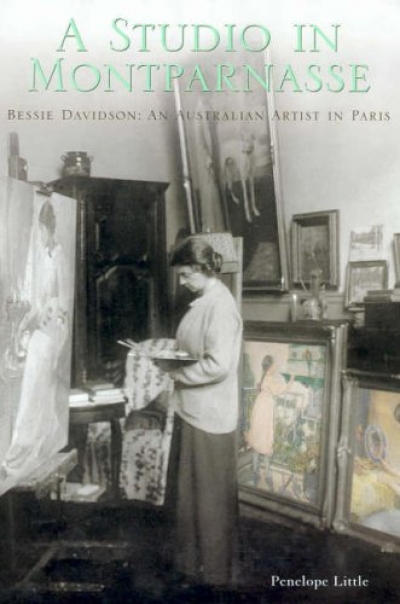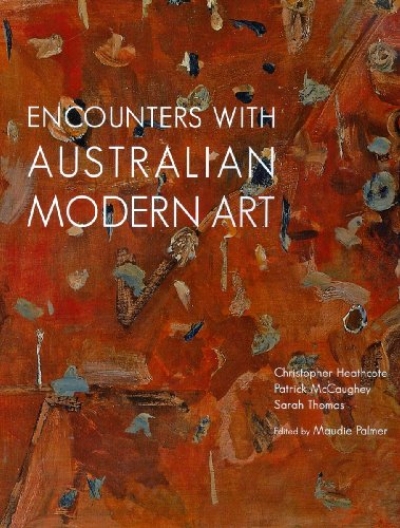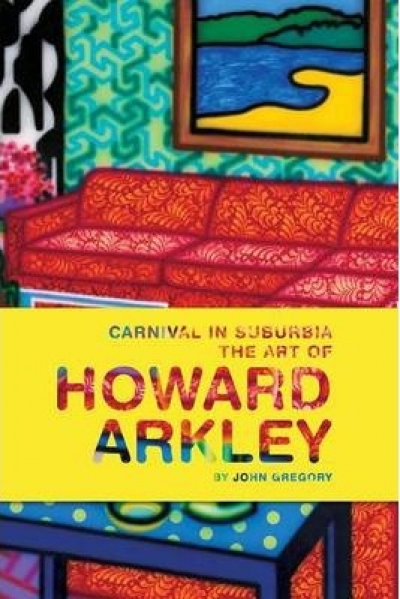Eva Gandel and Marc Besen Married in Melbourne in 1950 and soon began collecting current art. After the closure of John Reed’s privately established but short-lived ‘Museum of Modern Art & Design of Australia’, they bought a few of its de-accessioned possessions, paintings by John Perceval and Sidney Nolan. In the 1970s they added works by recentlydeceased Sydney artists William Dobell, Ralph Balson, and Tony Tuckson. These were perceived ‘gaps’ in a collection of recent Australian art. Perhaps the systematic history of Australian art then profusely displayed in the private collection formed by their relative Joseph Brown, and first published in 1974 as Outlines of Australian Art, had inspired the Besens to be more systematic. Hitherto, they had mostly encountered local work by living artists.
...
(read more)



